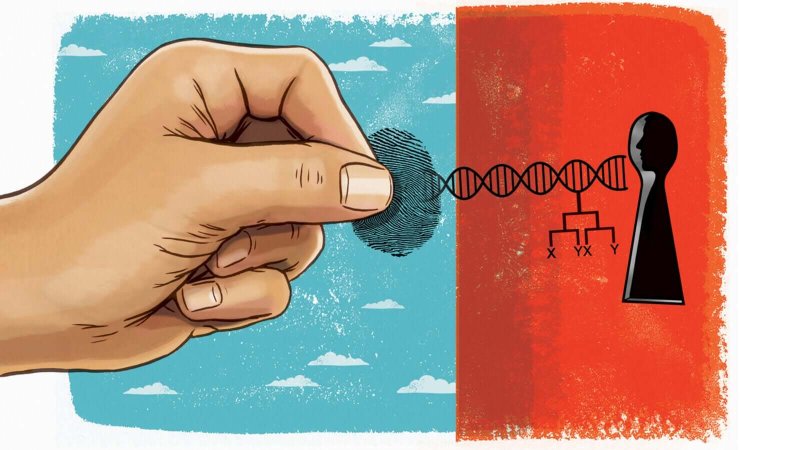Chinese scientist He Jiankui announced that he had produced the first gene-edited human babies on November 27, 2018, shocking an audience of experts attending his presentation at the 2nd International Summit on Human Genome Editing who had gathered in Hong Kong to consider the scientific, ethical, legal, and social implications of this emerging field.
Since that fateful day, thousands of social media posts and news articles have been devoted to condemning and explaining why, whether and how it was possible for He Jiankui to (attempt to) disable the CCR5 genes in the embryos that would eventually be born as the twins “Lulu” and “Nana.”
Their father, who was HIV positive, and mother had been recruited by He through an AIDS advocacy group to participate in a research project that offered them the potential of “disease-free” children (Cohen 2019).
One day, human embryo editing may join carrier testing, PGD and prenatal screening/testing as yet another means for couples to selectively form their families.
We are of course not by any means there yet and it is far from clear whether the promises and expectations that surround it will ever materialize.
As shown in this article, there are many critics who continue to question whether the clinical application of human genome editing should ever be permitted.
Still, if the 2018 Hong Kong Summit is anything to go by, then a global scientific scandal is not enough to put off substantial efforts to move germline genome editing into the clinic.































